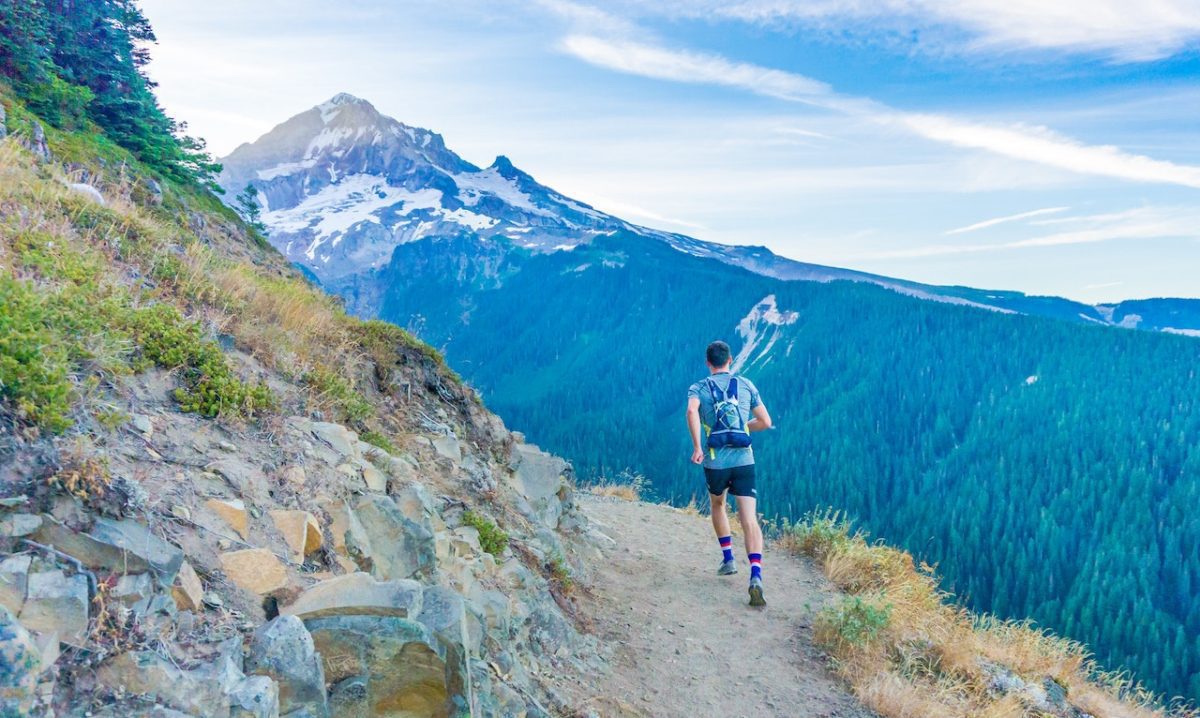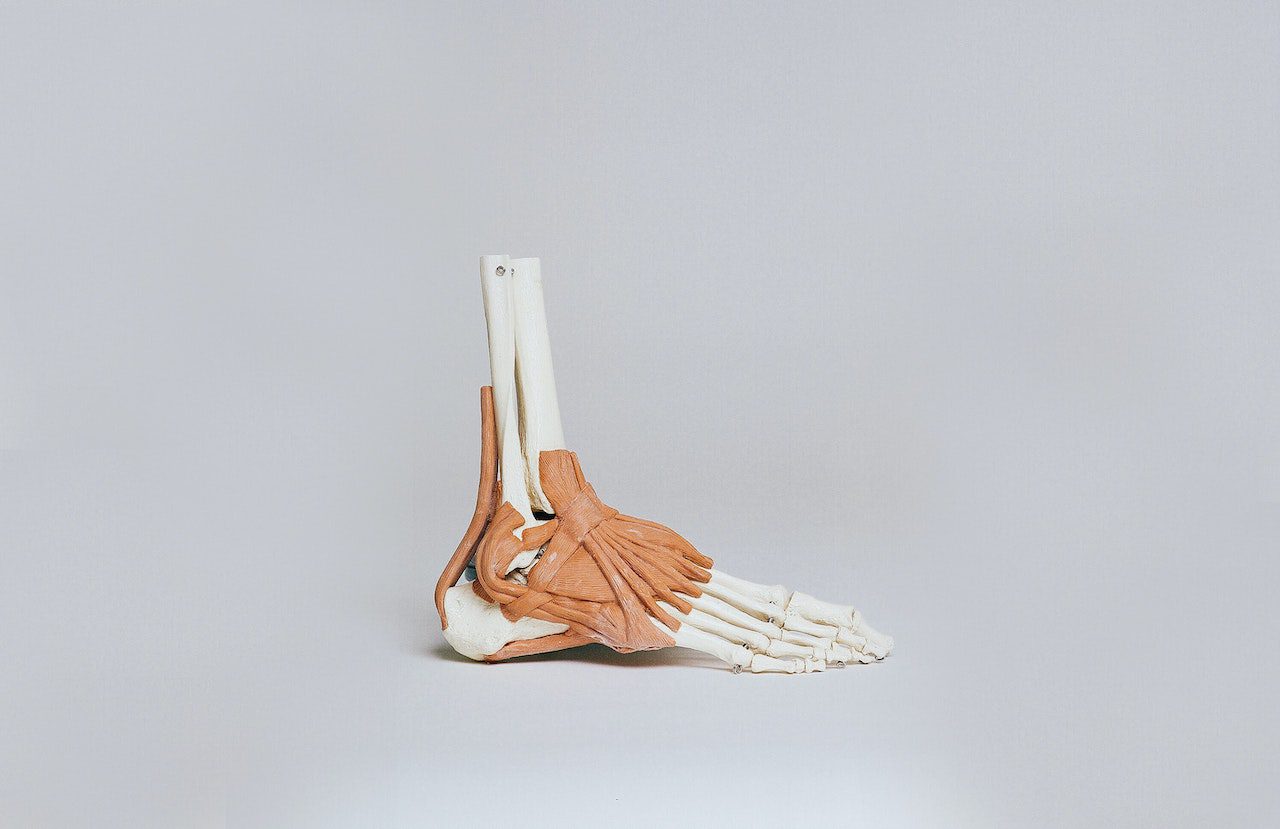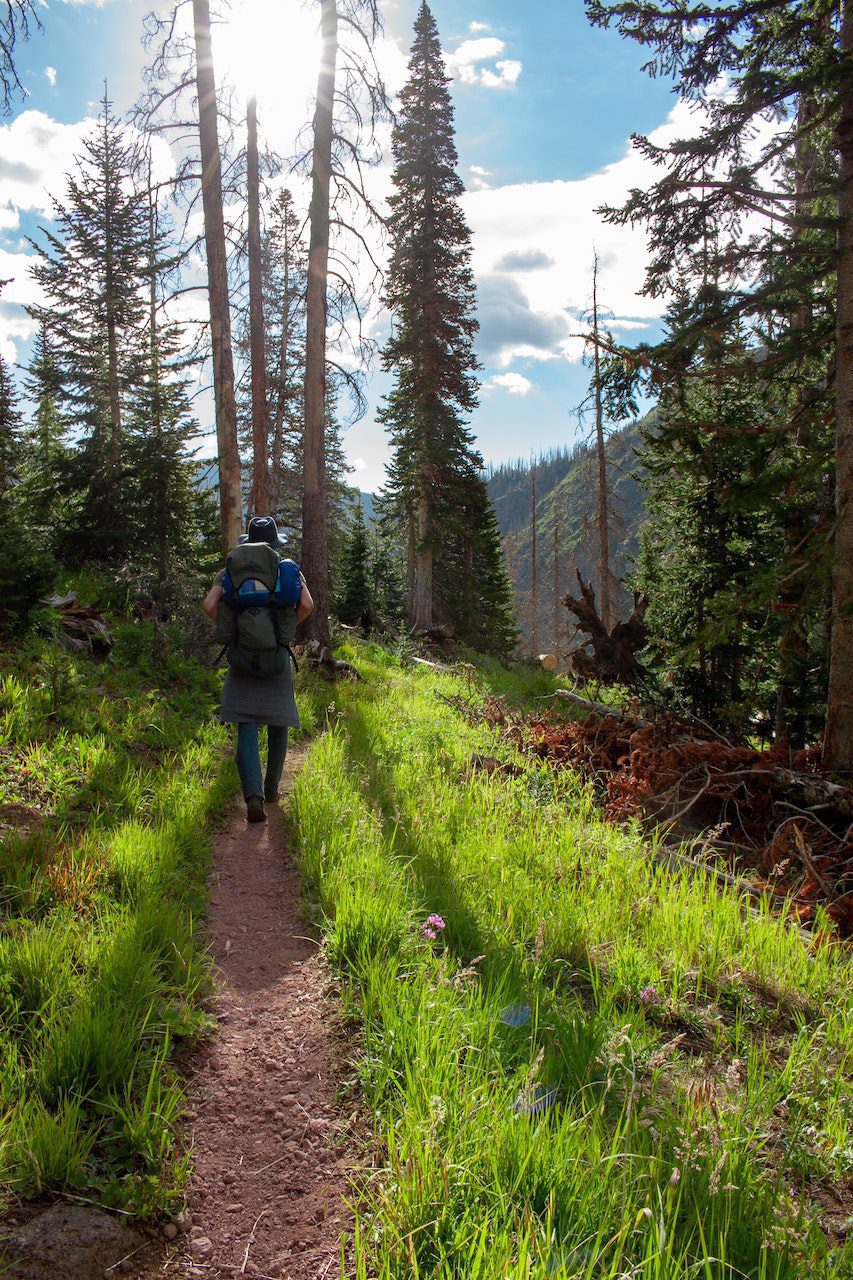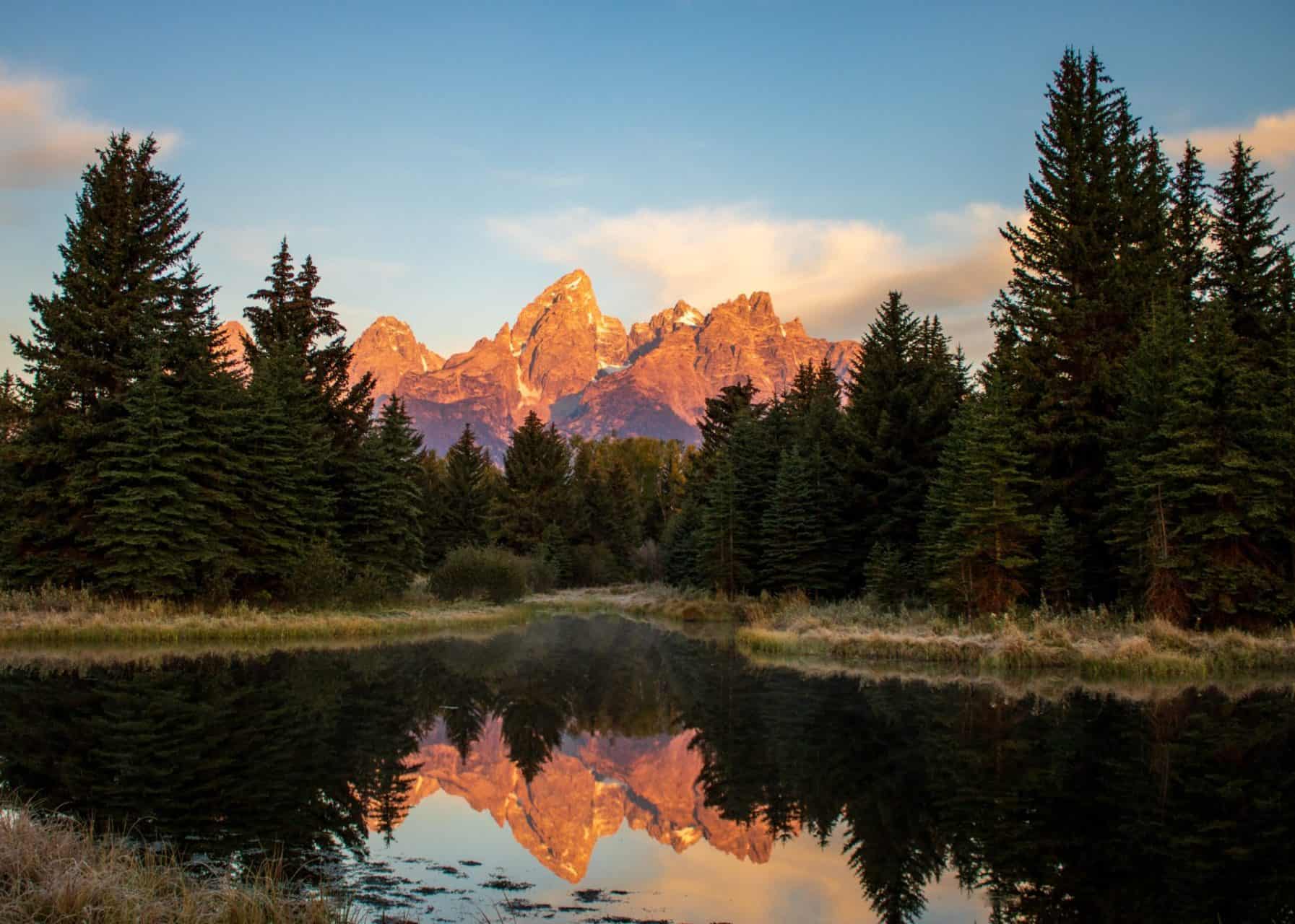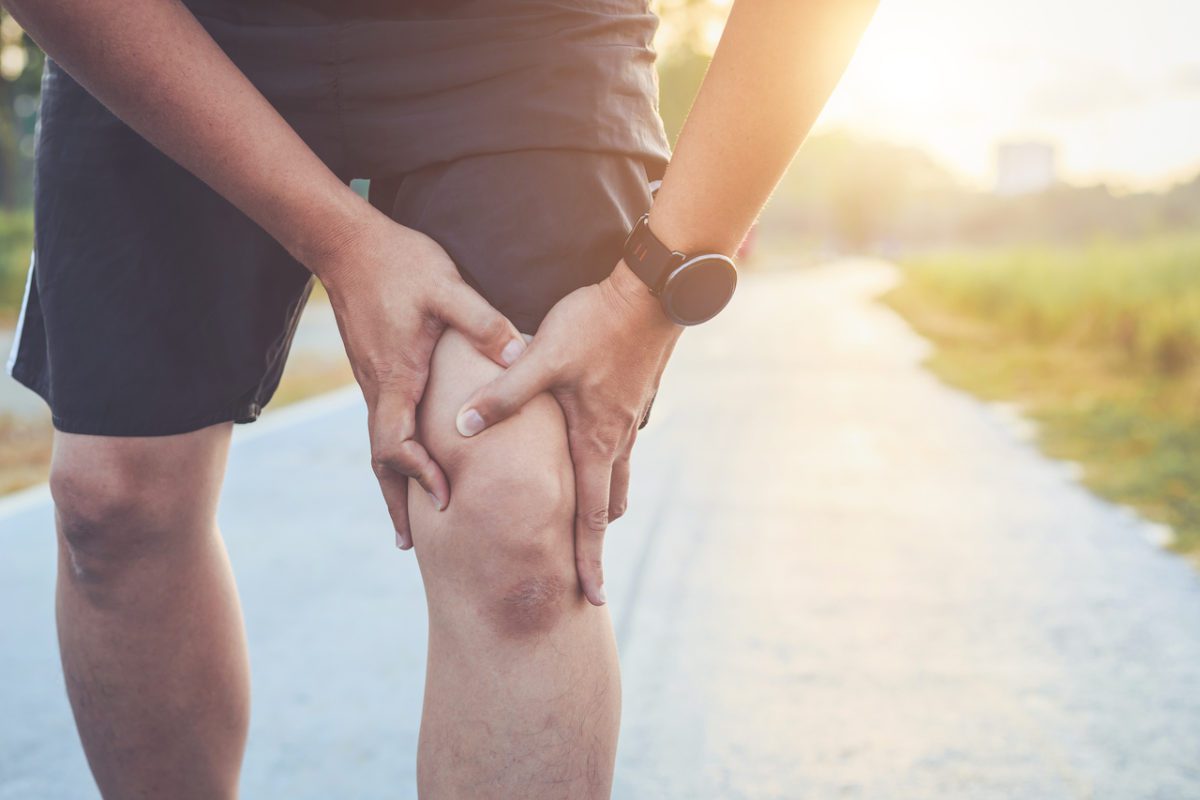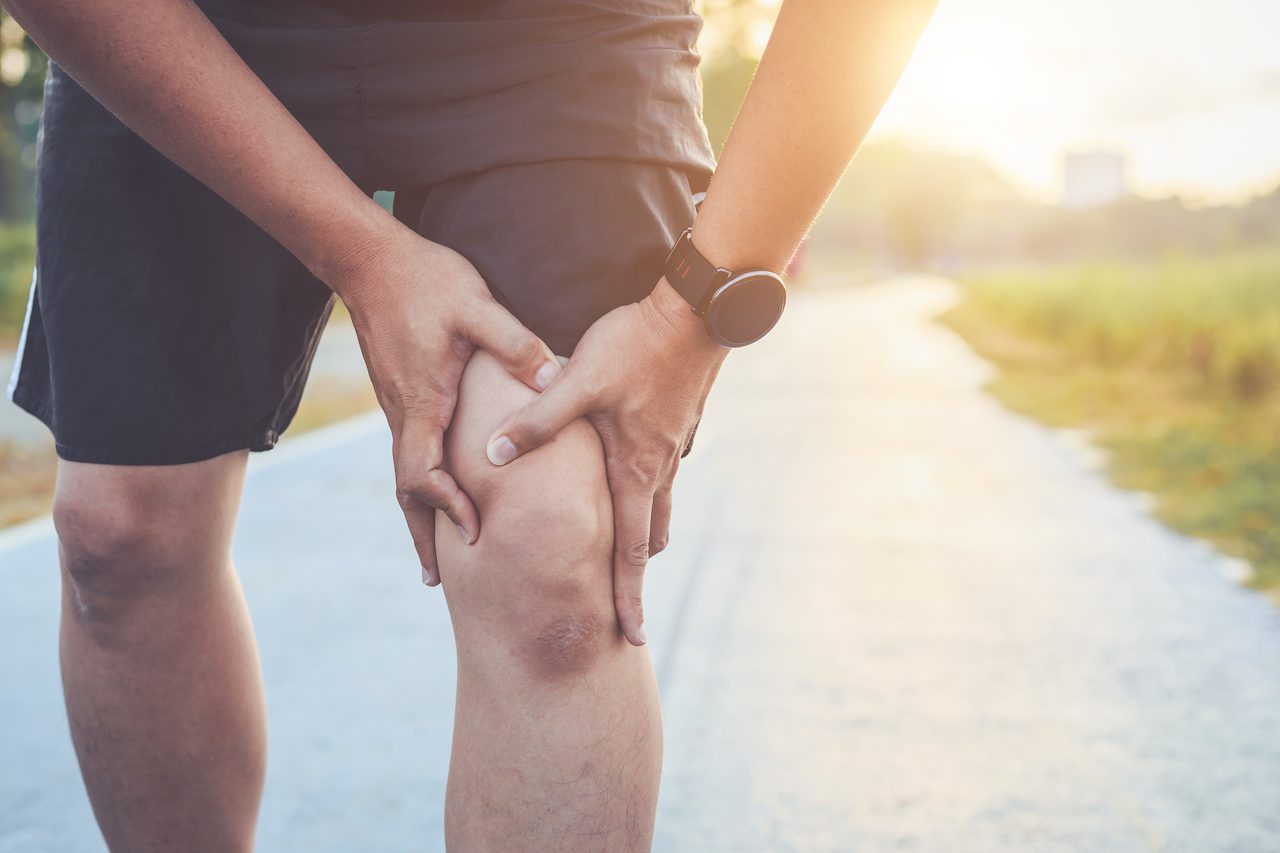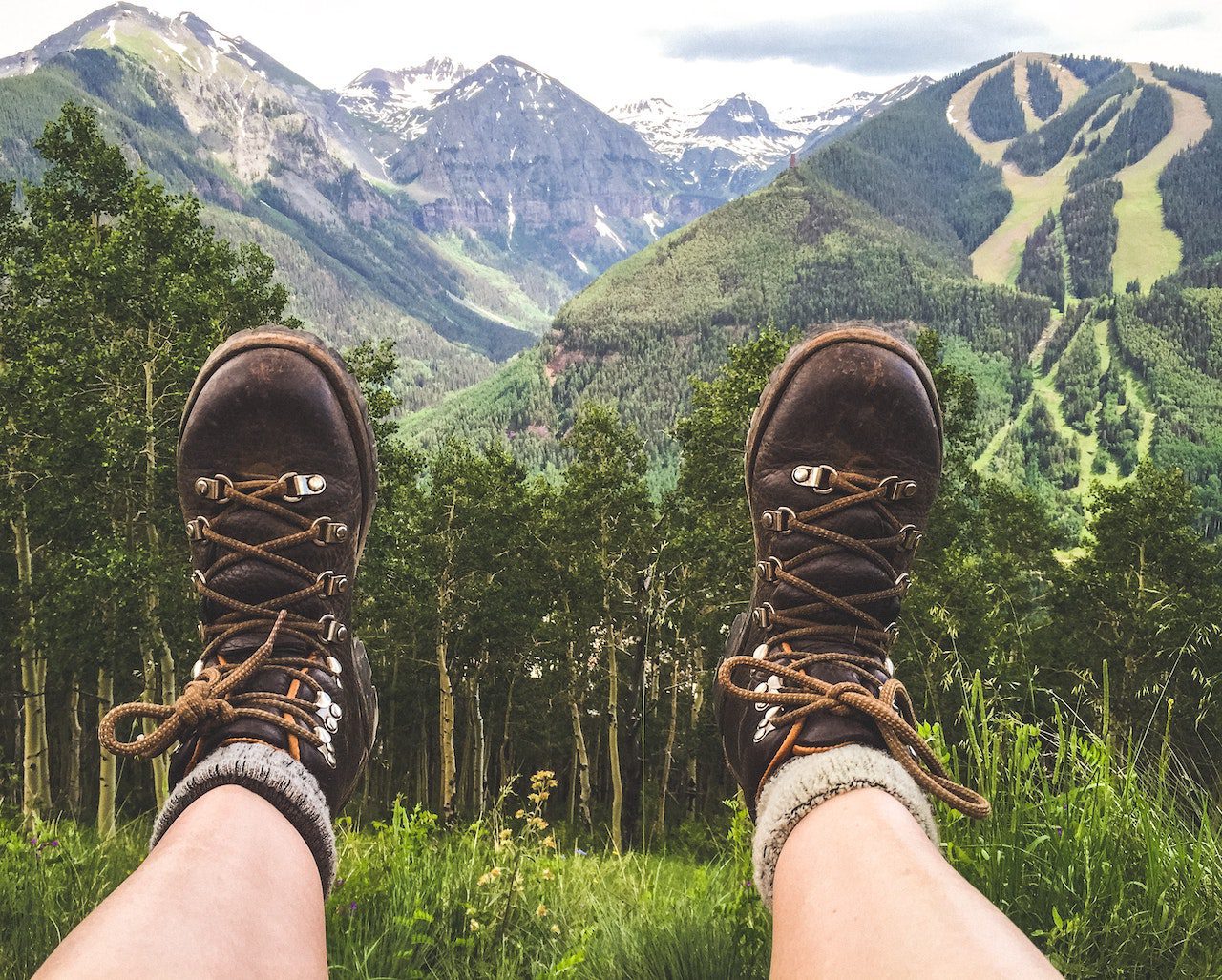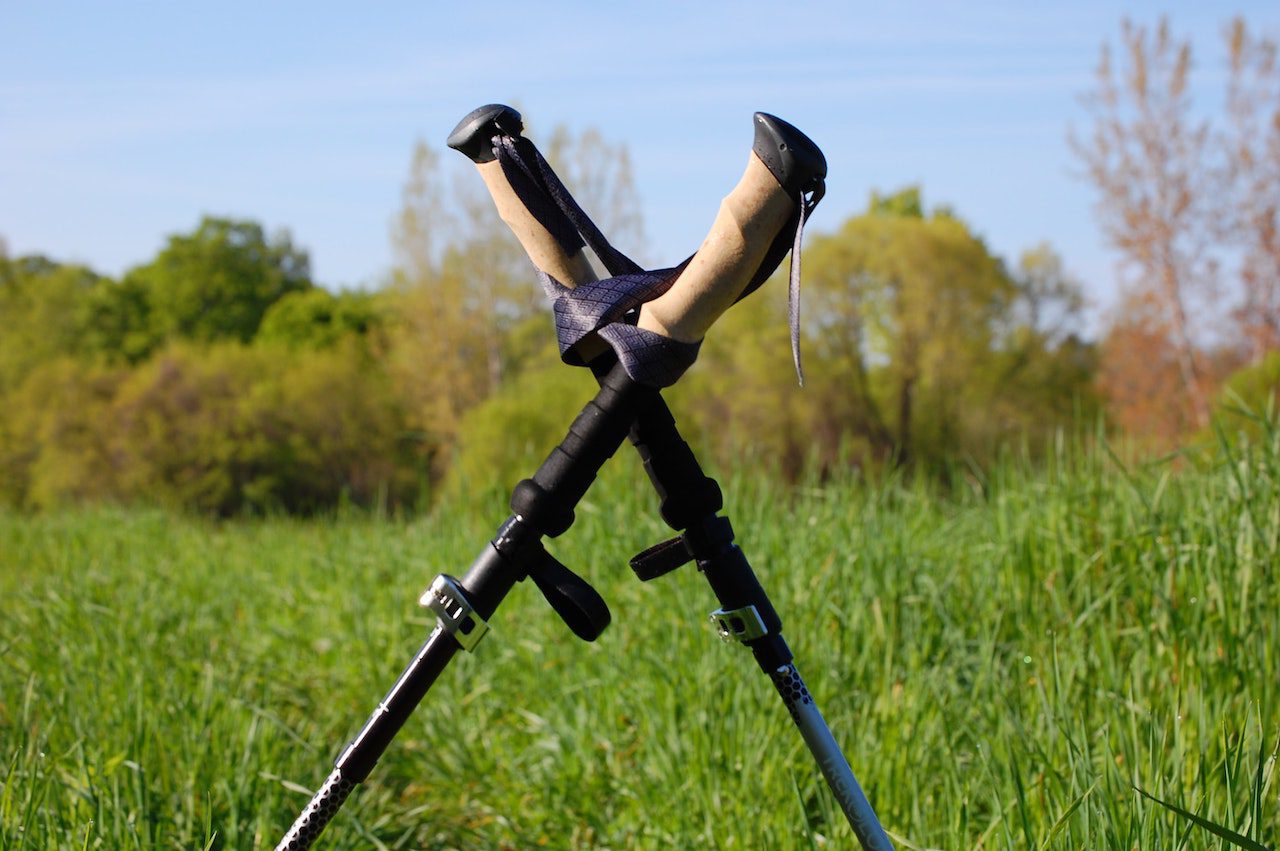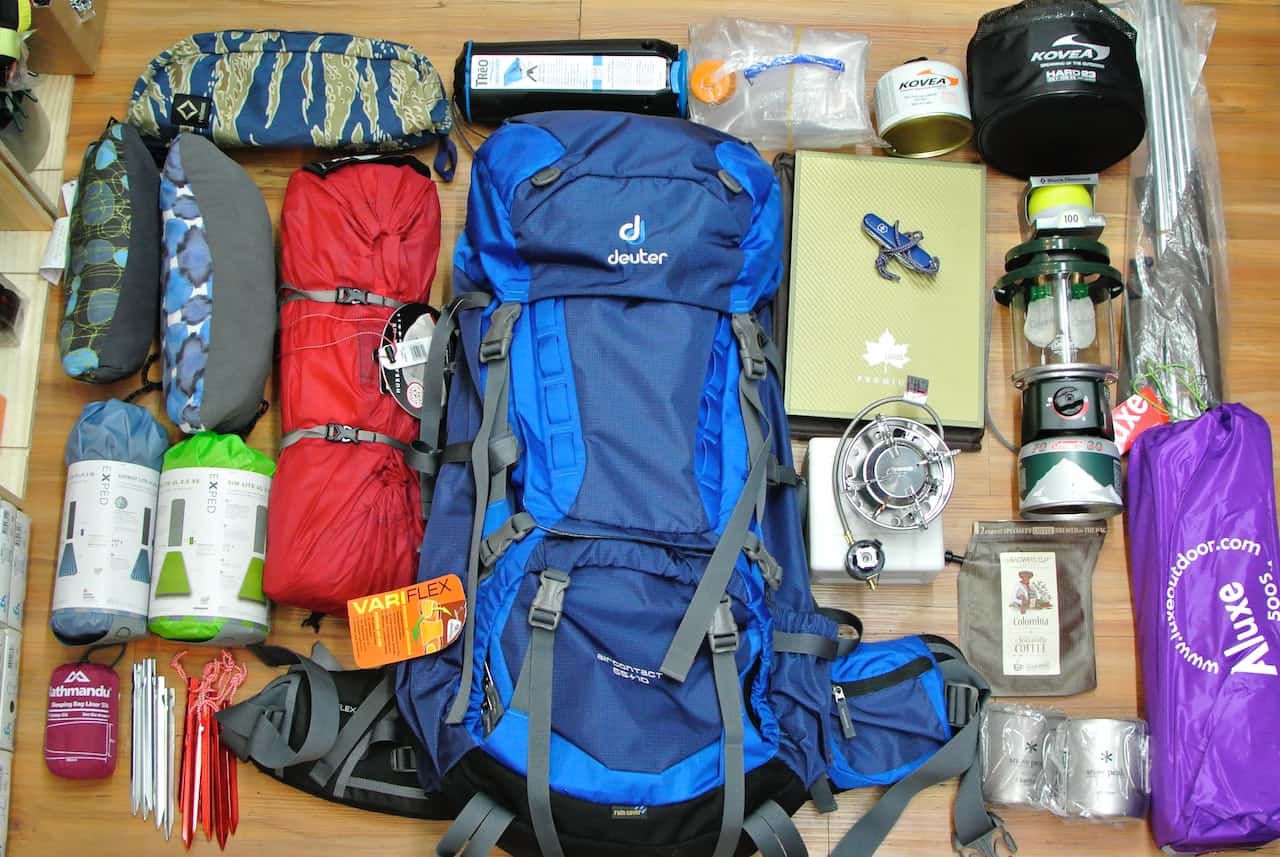Is Hiking An Aerobic Or Anaerobic Exercise? 10 Health Benefits Of Hiking
What Type Of Exercise Is Hiking?
Hiking is predominantly an aerobic exercise because it is a low-intensity endurance activity that increases your respiratory and heart rate. Like all aerobic exercises, hiking consists of repetitive rhythmic movements over an extended period of time. However, hiking is a unique form of exercise because it also triggers anaerobic fitness, especially when carrying a heavy pack or climbing steep hills.
Since hiking is a combination of aerobic and anaerobic exercise, it yields many health benefits to its participants. Before getting into this, we should go over the differences between aerobic and anaerobic exercise and each of their advantages.
Aerobic Vs Anaerobic Exercise

As we mentioned, aerobic exercise is a sustained low-intensity effort that increases your breathing and heart rate. Aerobic exercise relies on oxygen for energy, requiring your body to take oxygen in and pump it to your body’s active muscle groups. This process relies heavily on your heart and lungs, making aerobic exercise very beneficial for our cardiovascular health.
Some different forms of aerobic exercise include:
- Hiking (duh)
- Running/jogging
- Swimming
- Cycling
- Rowing
- Elliptical
- Skiing
As you can tell, all of these activities involve rhythmic movements and typically take place over an extended period.
Anaerobic exercise is short bursts of intense exercise that rely on energy stored in our muscles. This exercise can only be sustained for a few seconds and leads to lactic acid development within our muscles, causing soreness and fatigue after exercise. Some of the benefits of anaerobic exercise include burning fat, building muscle, and increasing bone density.
There are a variety of different types of anaerobic exercise, including:
- Sprinting
- Weight lifting
- High-Intensity Interval Training
- Calisthenics
- hiking?
Check out this informative article to learn more about the differences and benefits of aerobic and anaerobic exercise.
Benefits Of Hiking As A Blend Of Aerobic And Anaerobic Exercise:
Hiking, a combination of aerobic and anaerobic exercise, lends itself to many fantastic health benefits. Some of the aerobic benefits that come with hiking include a boost in the immune system, the elevation of mood, improved endurance, and lowering your blood pressure. It is no surprise that these benefits come with hiking because hiking is mainly an aerobic activity. The steady lengthy, cyclic movements of hiking make it the quintessential aerobic exercise.
However, I said there are parts of backpacking that can trigger your anaerobic system, including steep inclines, a weighted backpack, and scrambles. Hiking steep trails turn into lunge workouts, a calisthenic exercise for your quad’s, glutes, and hamstrings. At the same time, trekking miles in a day, carrying your pack can serve as a weightlifting program working your back and trapezii.
Finally, the almighty scramble to get up highly precipitous mountainsides using your hands and feet serves as a full-body calisthenic workout. This anaerobic aspect of hiking gives many other health benefits, including fat burning, building muscle, and increasing bone density.
To recap, hiking provides both aerobic and anaerobic exercise benefits, including:
Aerobic Exercise Benefits:
- Weight loss
- Lower blood pressure
- Boost mood
- Boost immune system
- Lowers bad cholesterol raises good cholesterol
- Increases endurance
Anaerobic Exercise Benefits:
- Build muscle
- Burn fat
- Increase bone density
How To Improve Your Hiking Endurance:
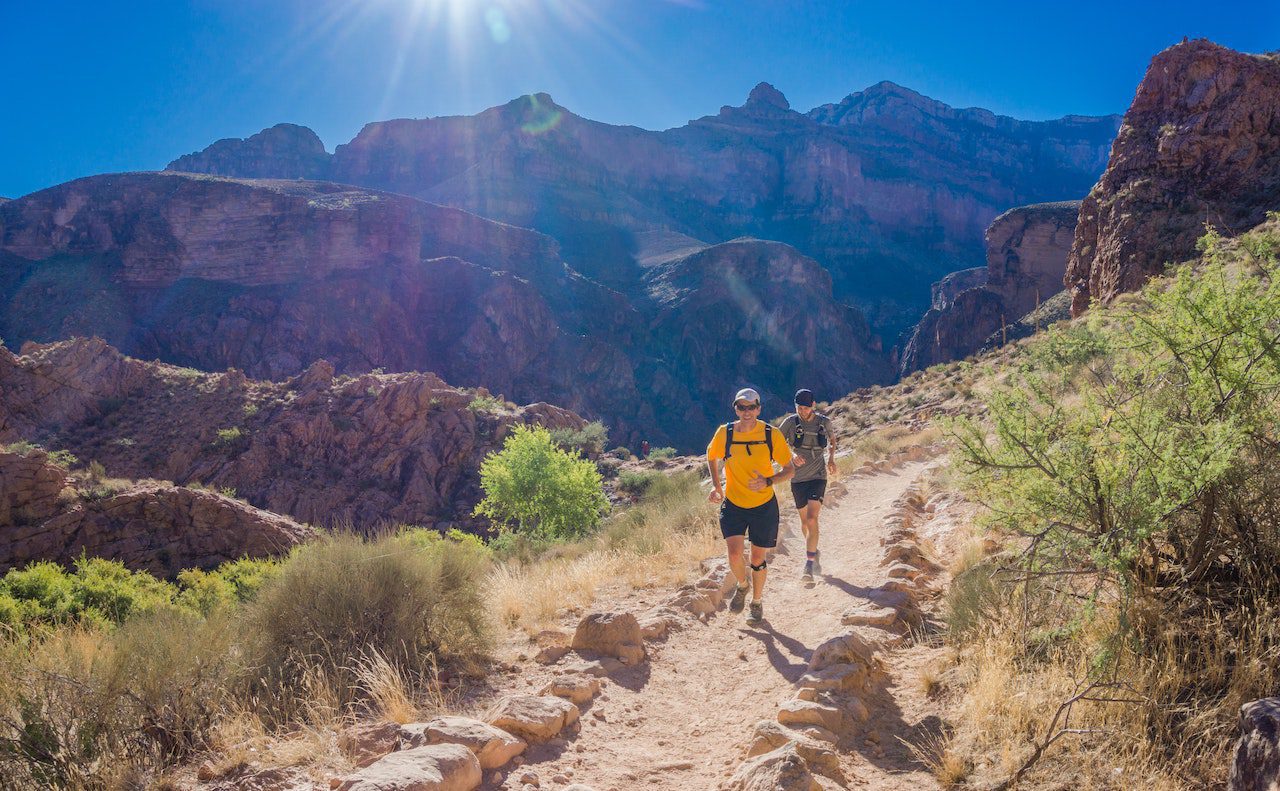
After all we have discussed, it should come as no surprise that the best way to improve your hiking endurance from a fitness perspective is to increase the amount of aerobic exercise you do regularly. By doing so, you are prepping your cardiovascular system to take on a physically demanding backpacking trip. Some ways of doing this include the aerobic exercises mentioned above, but I would focus on activities similar to hiking, such as jogging or going on long brisk walks.
Another great way to improve your endurance while backpacking that does not even require a shred of exercise is to focus on making your pack as lightweight as possible. You will be shocked how much further and faster you can hike after cutting excess weight from your backpack.
A personal example of this for me was when I hiked around Mont Blanc in just a day pack. Here, I was able to knock out twenty-mile-plus days for multiple consecutive days thanks to dropping my pack weight by nearly fifty percent. Check out our backpacking gear blog to find great equipment to take pounds off your pack weight!
Other tricks that can help you improve your endurance include:
- Keeping adequately hydrated
- Being sure you are eating enough calories on the trail
- Using trekking poles to take pressure off your needs
- Aerobic exercise training
Tracking Your Aerobic Activity While Hiking:
Tracking your aerobic activity is a helpful tool that helps establish a baseline of your aerobic fitness and logs your hikes giving tons of fitness data from each one. This data can vary from device/application, but often it will include your pace, distance hiked, elevation gained/lost, route, and estimated calories burned.
These data points are helpful because they track your fitness and can help you see if changes in backpacking strategies lead to any measurable differences in your pacing or amount of distance covered daily. So if you try a new water filtration system or pack your backpack a different way than usual, tracking your aerobic activity can help show you if your changes helped or hurt you as the old saying goes that which is not measured cannot be improved.
There are several different ways out there to track your hikes and your health stats while backpacking. From free apps on your cell phone, such as Strava or the health app, to expensive smartwatches, there are several options to choose from when it comes to tracking your aerobic fitness while hiking.
If you are starting out I would recommend starting with a free service such as one of the above applications before purchasing a more expensive smartwatch. If you find yourself looking to buy one, I would do your research to find the best one for you as there are quite a few on the market, each with its benefits.
Some popular brands I recommend looking into include Garmin, Apple, and Fitbit. Check out this very informative article comparing some of the different types of hiking watches.
That's A Wrap!
Hiking is a great activity that can not only bring amazing views and experiences with friends but can also be a great way to keep your body in excellent condition. I hope this article helped shed some light on what kind of exercise hiking is and its health benefits. Be sure to sign up for our email list stay in the loop for all of our latest articles!.

